v16n6 From the Editors
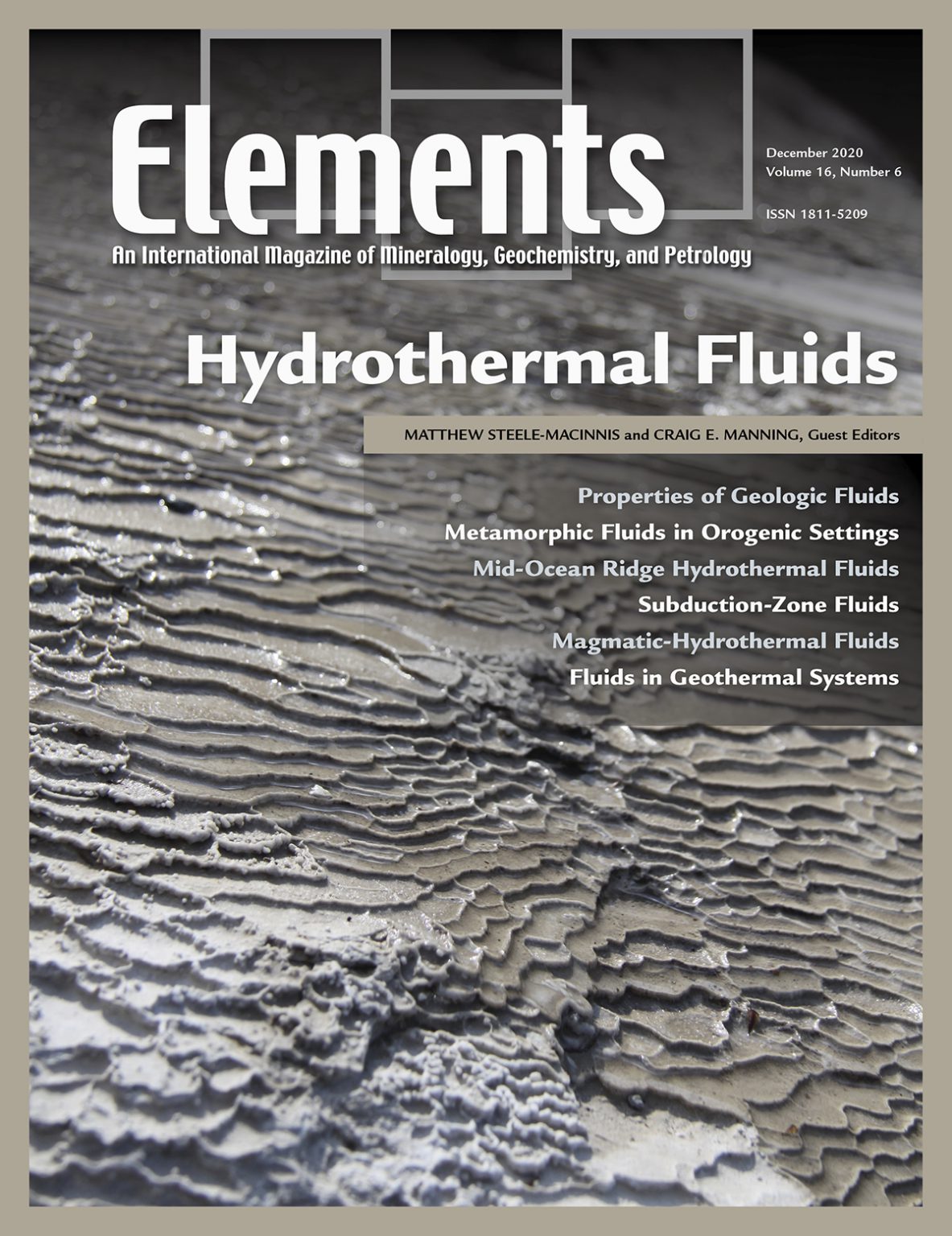
As part of every years’ final “From the Editors”, we like to thank the many people who have contributed to Elements over the course of the previous year. But before we do so, we want to acknowledge that 2020 was a year unlike any other in the history of Elements. The global pandemic impacted all of us in profound and, for many, sometimes tragic ways. The challenges that our readers, editors, authors, participating societies, and advertisers faced in 2020 makes it even more meaningful to thank our contributors. We greatly appreciate all your efforts!
v16n5 From the Editors
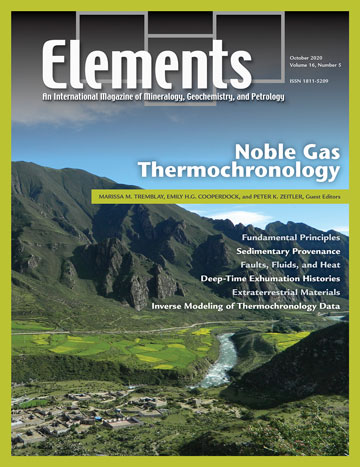
Marissa Tremblay, Emily Cooperdock, and Peter Zeitler, guest editors of this issue of Elements, introduce us to another application of noble gases: thermochronology. In addition to editing the six thematic articles on the utility of noble gas thermochronology to fundamental geological questions (e.g., What are the rates of exhumation? How does a fault zone evolve?), these guest editors also wrote this issue’s Toolkit, which introduces the different methods used to extract, isolate, and measure the concentration of noble gases (and their isotopes) derived from natural materials. We hope you enjoy reading about this fascinating topic!
v16n4 From the Editors
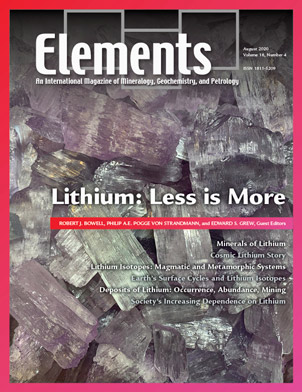
Elements magazine has published many topical issues for which the focus has been on an individual element (see graphic). Some elements were featured as a group, such as the platinum group elements (v4n4) or the rare earth elements (v8n5). Others were featured as allotropes, as happened for carbon as diamond (v1n2) or carbon as graphite (v10n6). Yet others were featured in the context of an overview of the many roles that an element plays in natural systems. The current issue, “Lithium: Less is More” (v16n4), falls under this latter category.
v16n3 From the Editors
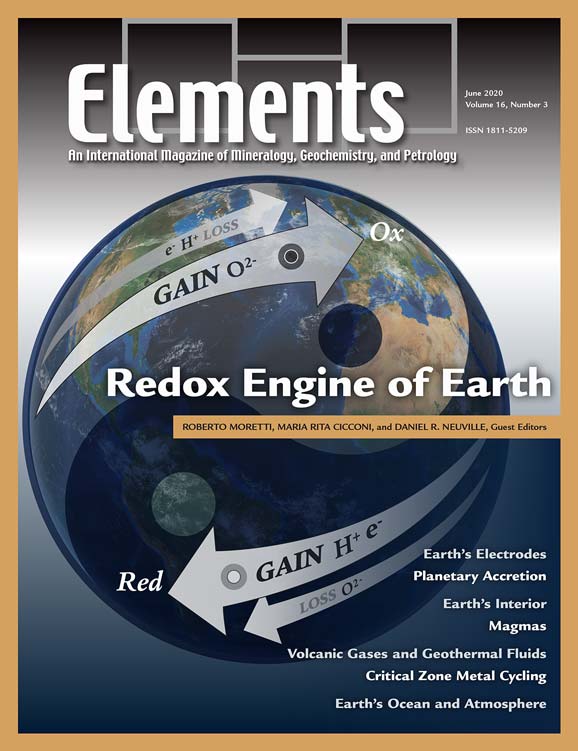
When we started finalizing this issue for publication the prospect of a pandemic seemed very distant. In the intervening three months, COVID-19 has come to dominate everything: our conversations, news broadcasts, our working patterns, and our social lives. For many, this has been a tragic time, and we extend our condolences to all those readers of Elements who have lost loved ones and colleagues to COVID-19. For scholars, this is an uncertain time, as universities and research organizations take stock of the impact of the pandemic on their activities, and their financial well-being. The dramatic drop in student mobility across the world is already starting to take a toll on university income and may yet pose an existential threat. On a brighter note, it is hard to overlook the benefits of having cleaner air, happier wildlife, and lower global emissions due to our traveling less.
v16n2 From the Editors
By Jonathan D. Blundy, John M. Eiler, Richard Harrison and Jodi J. Rosso | April, 2020
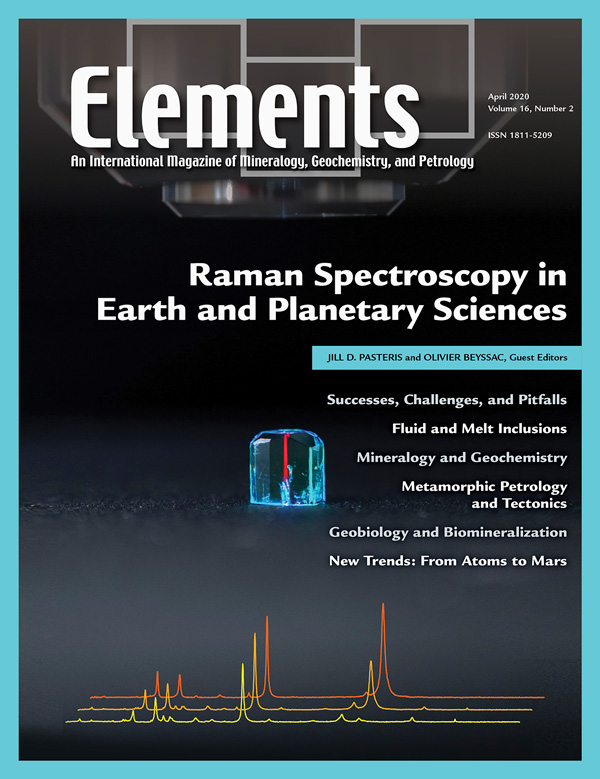
Light interacts with matter in different ways. It can be absorbed, transmitted, reflected, or scattered. Scientists can measure those light–matter interactions to reveal incredible details about the structure and reactivity of matter. When it comes to scattered light, it is likely you are most familiar with Rayleigh scattering, in which light is elastically scattered by small molecules and the wavelength (or color) doesn’t change. It is the reason behind the blue color of the sky. Maybe less familiar is the small amount of light (typically 0.0000001%) that is scattered at different wavelengths. This inelastic scattering of light, or Raman effect, is due to the incident light interacting with the chemical structure (bonding) within the matter. The Raman effect may be small (only about 1 part in 10 million), but it is mighty. Discover why by reading the articles in this issue of Elements.
v16n1 From the Editors
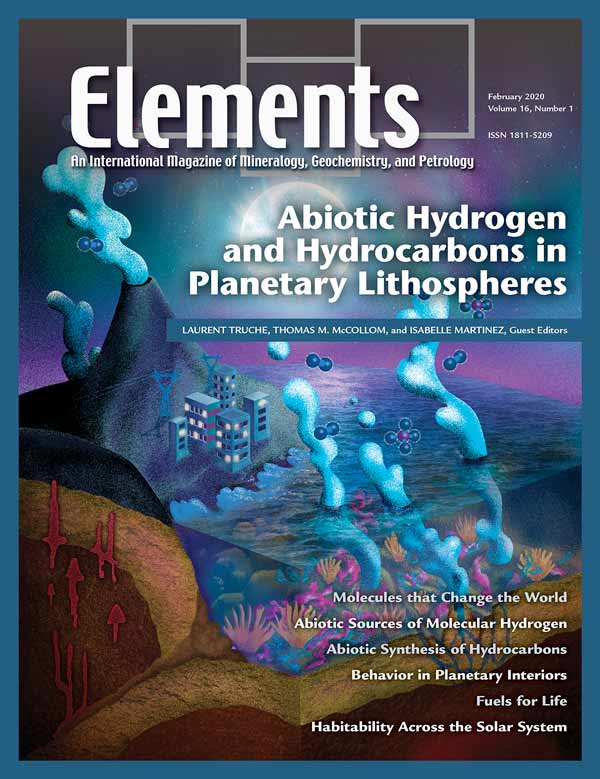
About this Issue, Welcoming Richard Harrison, Elements at 2020 Conferences, and New Digital Platform

